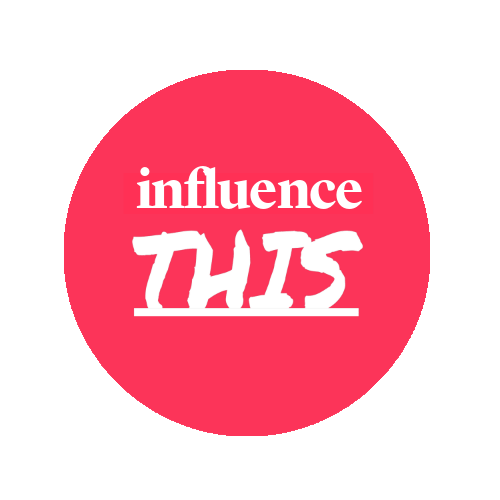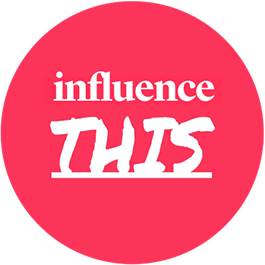Navigating through Multi-Agency Campaigns
The best social content campaigns may have achieved a ‘one-to-one’ effect — where the audience feels like a brand is speaking to them directly — but behind the scenes, Canadian companies and agencies say they’re struggling to find a way to better collaborate and act as a united front.
As part of a series of think tank roundtables convened in the leadup to influenceThis: The Social Content Edition on May 15 in Toronto, we brought together a cross-section of executives in CPG, retail, publishing, PR and many other sectors to talk about their approach to creative campaigns.

Besides trying to keep up with all the changes in algorithms and other features across the various social platforms, members of the roundtable agreed that their biggest order of business is figuring out how to work together more effectively. Influencer marketing may often involve working with social media “superstars” with their own massive followings, for example, but integrating with their content means coordinating a sometimes-confusing mix of partners.
“Everyone is so siloed,” an executive with a creative services firm lamented. “No one has any idea what their vendors and their teammates are using.”
Of course, it takes the right kind of “leadership behaviours” to develop a strong team, but it’s not as easy as it sounds, one VP of marketing said.
“There is a tension with how to get agency partners to work together, and how to get the right content across all platforms,” she said. “It’s about being willing to listen to agencies, not being afraid to fail.”
According to an executive at a leading creative agency, though, that kind of courage is exactly what’s missing from both sides of the table.
“Agencies are fearful because it’s confusing as to who plays in what space,” she said. “The fear of budget cuts leads to a lack of collaboration.”
Who’s The Boss?
As with any business endeavor, social content may inevitably involve multiple stakeholders but there is only one obvious player who should be in charge when executing social content campaigns.
“There are so many different groups involved, but we see that marketers are the ones that pay for all of it,” an executive with a measurement and analytics firm said. “They should be the ones driving these projects. When it comes to general media decisions, seems like a lot of pointing fingers.”
If marketers are in charge, they need good information to steer things correctly, and that’s difficult in many campaigns today, the CEO of another digital agency said.
“The challenge is that influencer marketing is being put into a silo and not being treated from a media mix standpoint,” he said. “It’s hard to build out KPI’s based on that. We need to look more from a data perspective.”
Despite some of these difficulties, the think tank attendees identified several ideas to boost collaboration in social content campaigns. These included the idea of establishing — as early as possible — their role in the project and where they need to respect their boundaries. One executive with an influencer marketing and content services provider likened the concept to the “swim lanes” in a pool that ensures those doing purposeful laps don’t get in the way of those doing “free swims” nearby.
“The influencer has to be part of the discussion,” an executive with another digital agency added. “You should share KPIs with influencers because they know the space and their platforms and how to get the most engagement.”
Another guest suggested regular status meetings between the brand, agencies, and influencers to stay coordinated, much as an internal team would work. Others warned against failing to establish the right budgets for testing, given the social content is still an area of great experimentation.
When collaboration flourishes, better ways of working and executing on a creative vision for social content campaigns begin to emerge. An executive with a well-known QSR brand noted that, rather than building everything off a TV commercial, her firm is thinking “digital first,” and developing video assets for more targeted channels first. In other cases, elements of the 30-second spot can be repurposed for where it best fits in the customer journey. Respecting each other’s “swim lanes” also means creators feel more empowered about their involvement in a campaign, another guest said.
Slowly but surely, brands and agencies are beginning to figure out what they need from each other.
“As campaigns become more digital, nobody is completely specialized in these new disciplines so collaboration is key,” a senior marketing leader at one of Canada’s most recognizable consumer brands said. “(We are) trying to figure out how it should be done. We’re looking for partners that are collaborative, willing to contribute and lead great projects.”
The discussion has led to a multi-disciplinary workshop at the conference entitled “How the Briefing Process Can Lead to More Effective Creative Campaigns”. Led my industry veteran Jed Schneiderman & Laura Amantea the hands on workshop will provide you with the opportunity to work in groups to respond to a brief from a brand manager working through the inherent tensions in conceptualizing a high touch creative campaign with multiple organizations.




